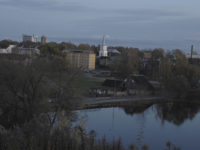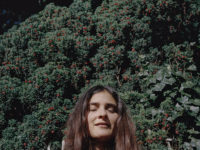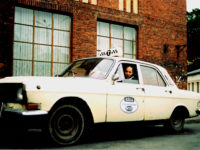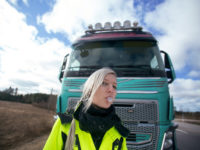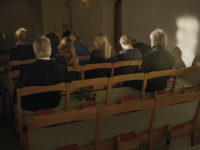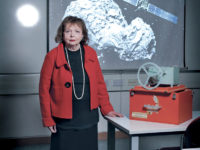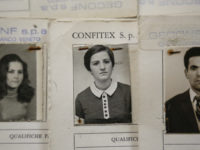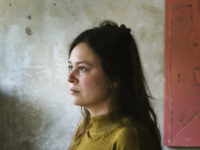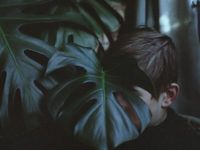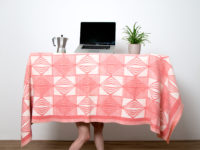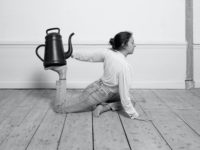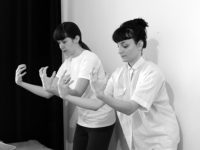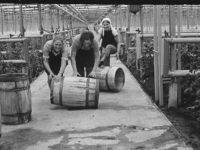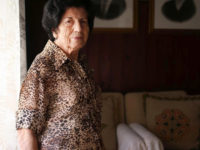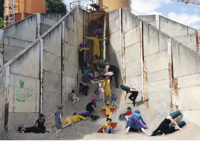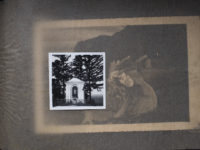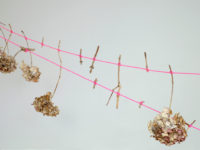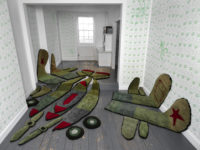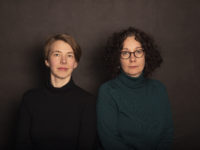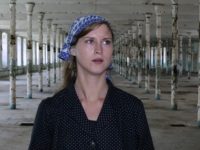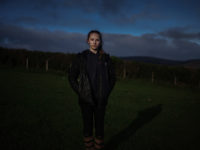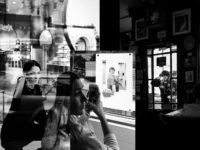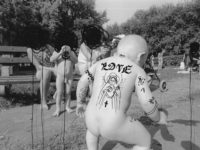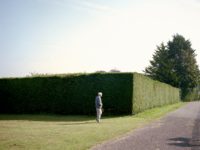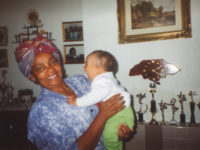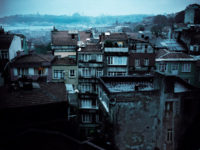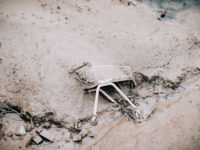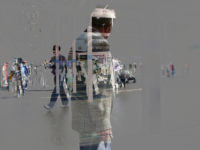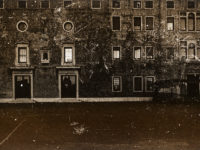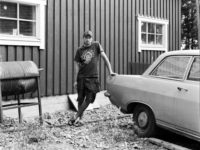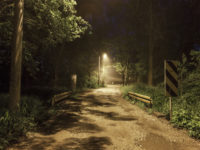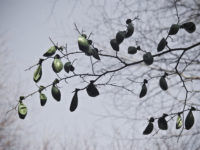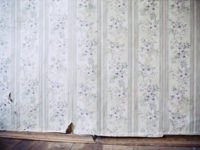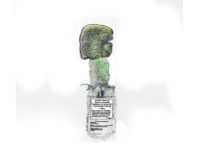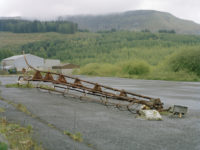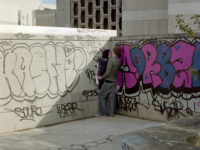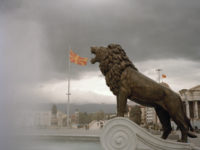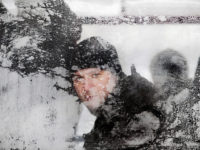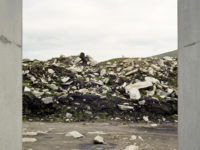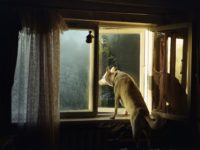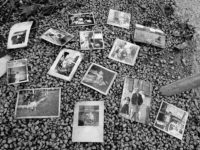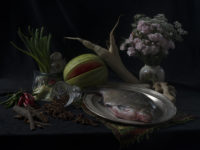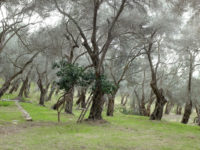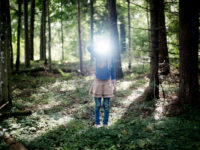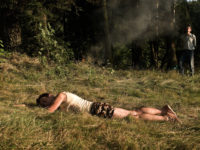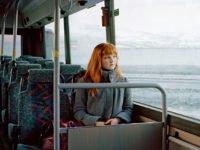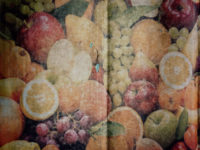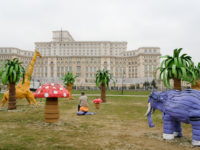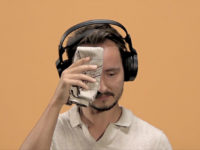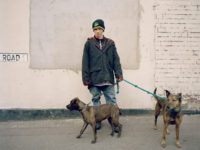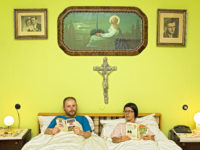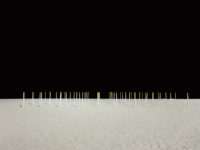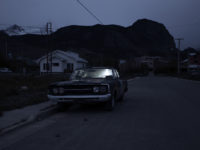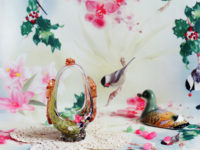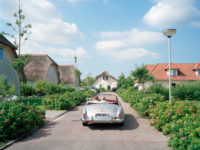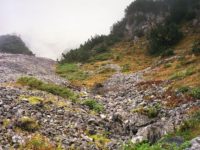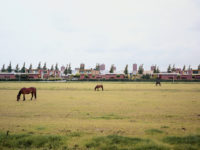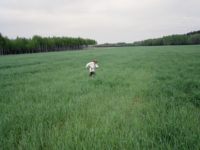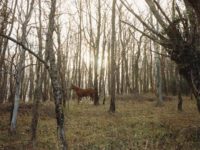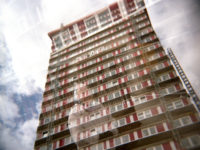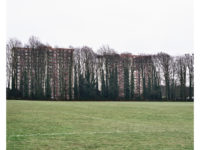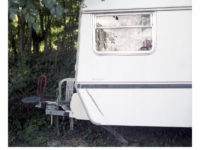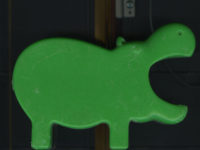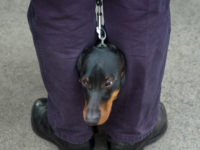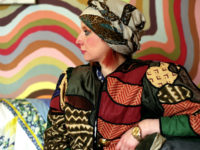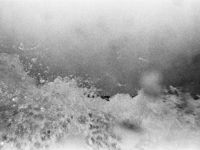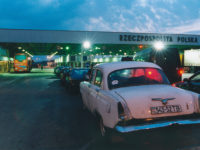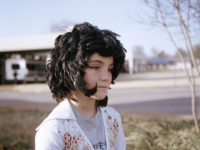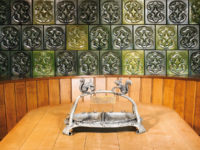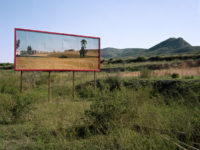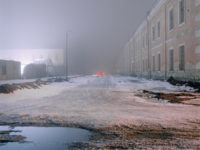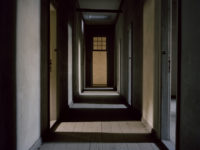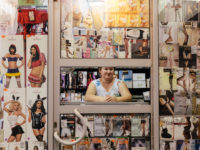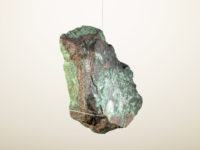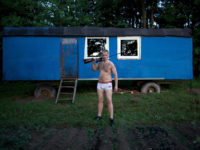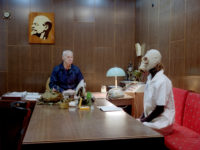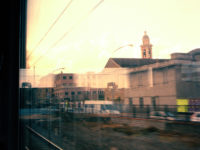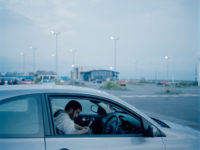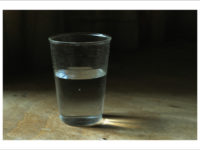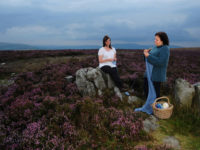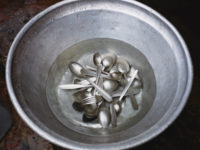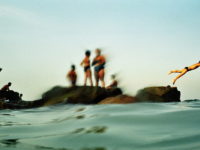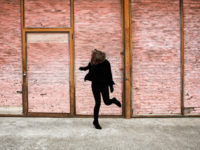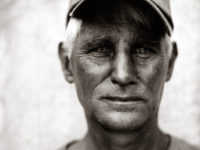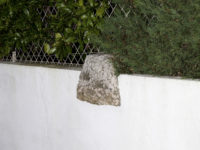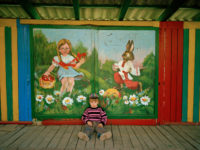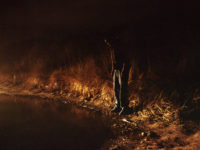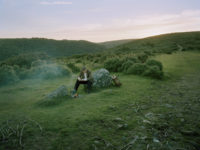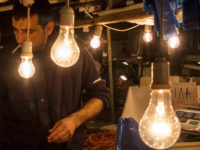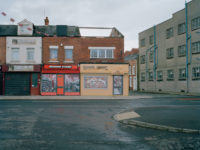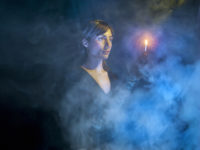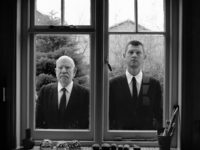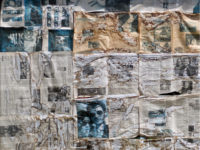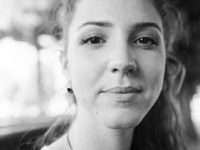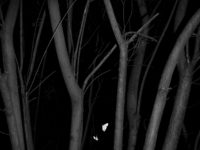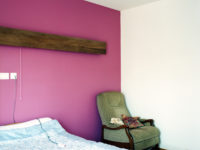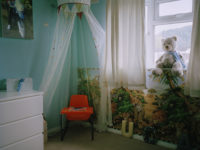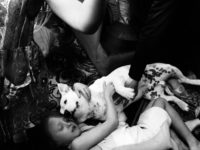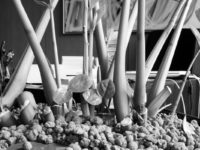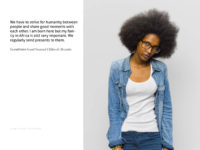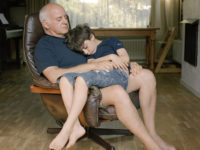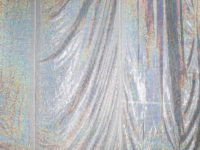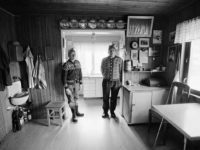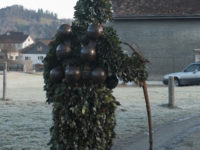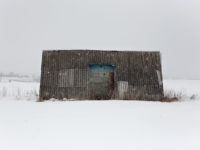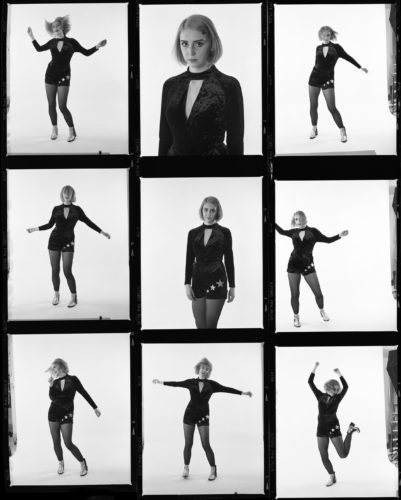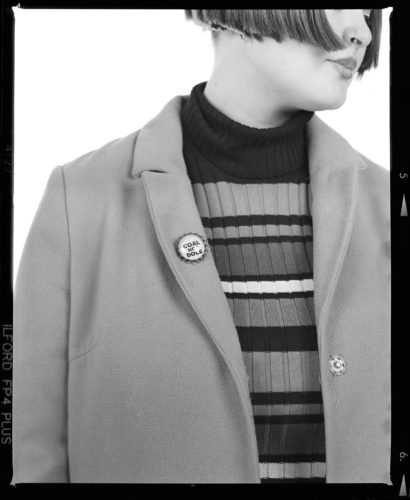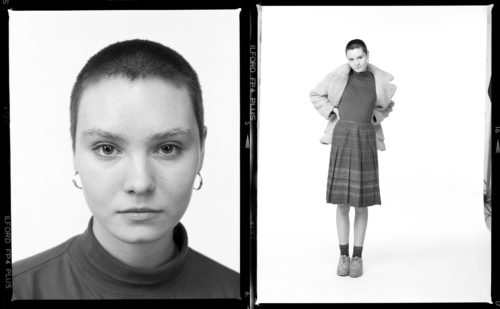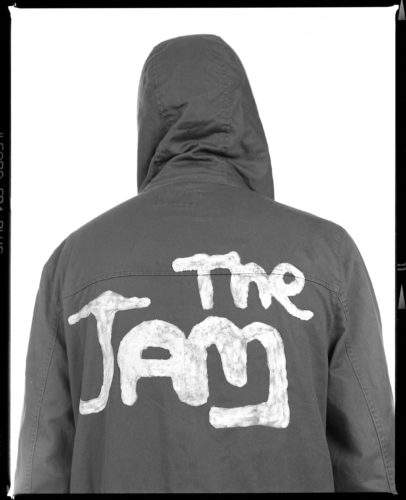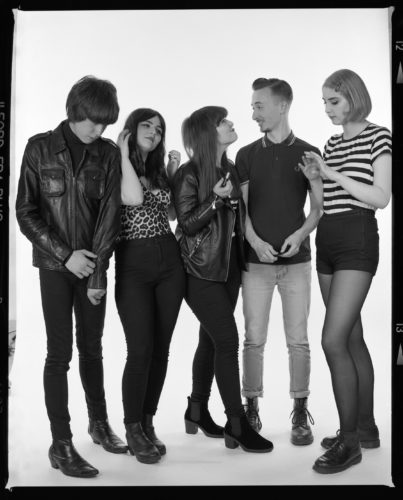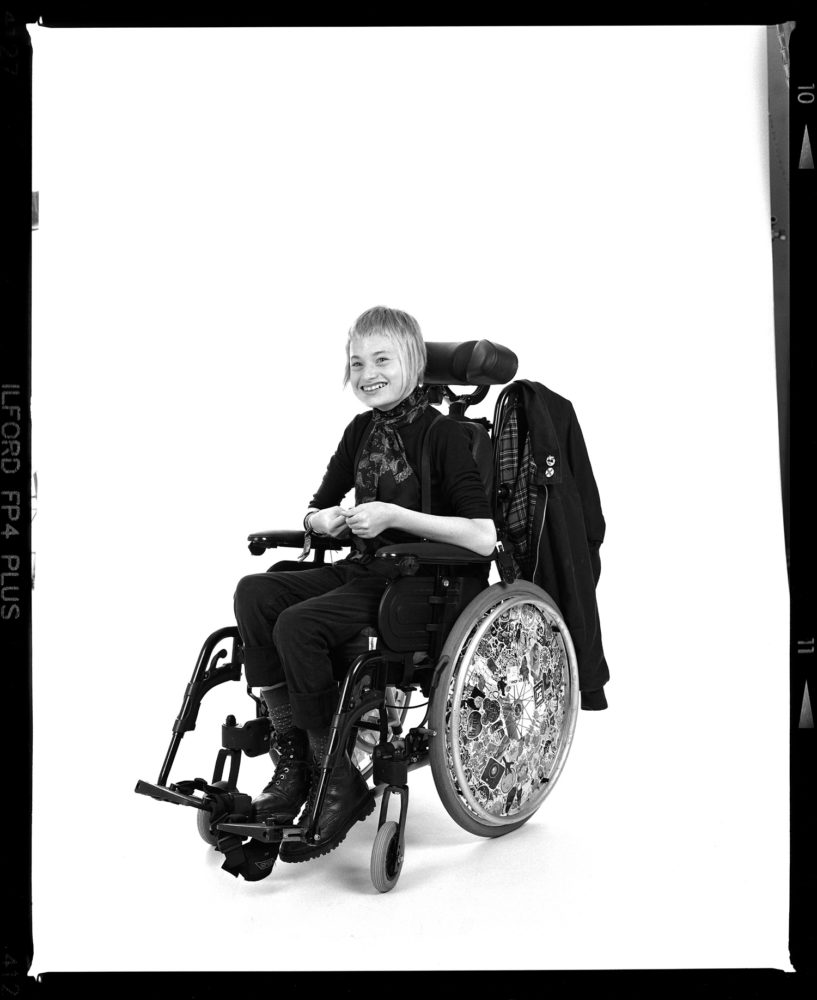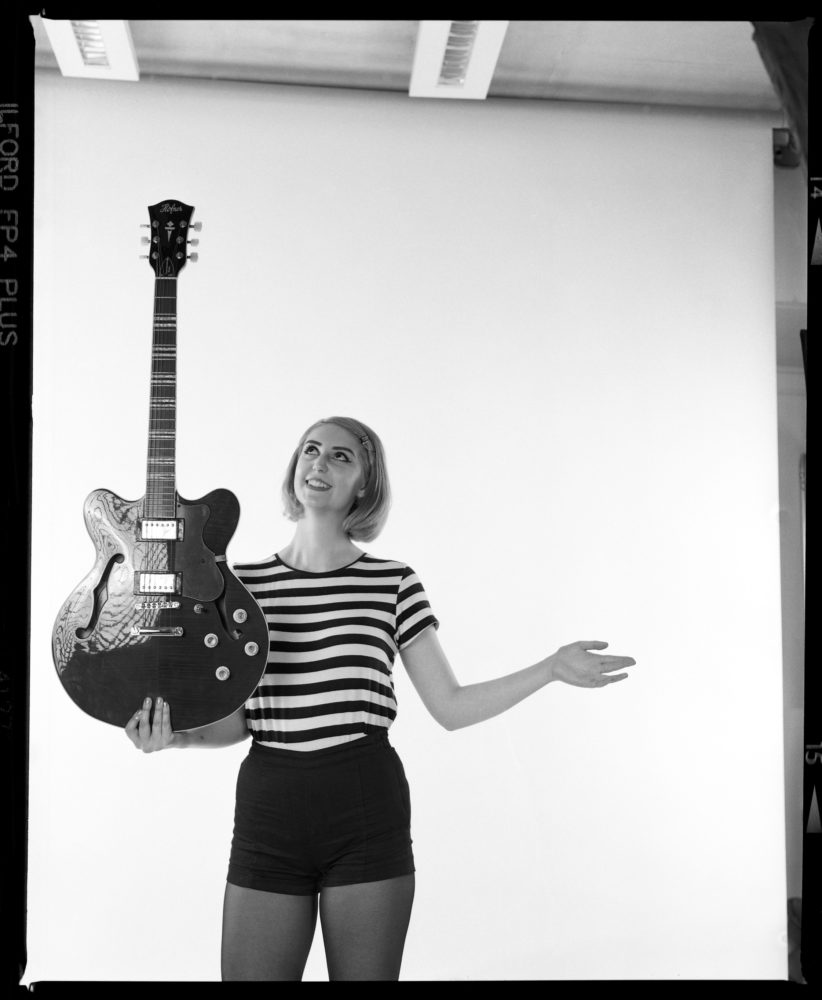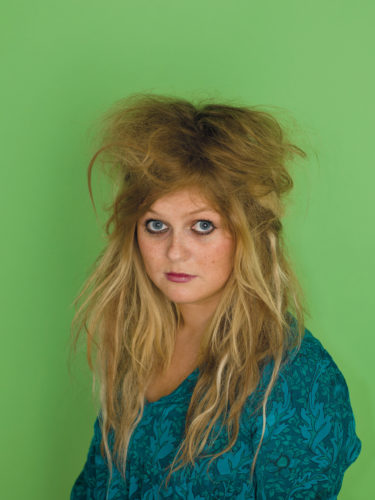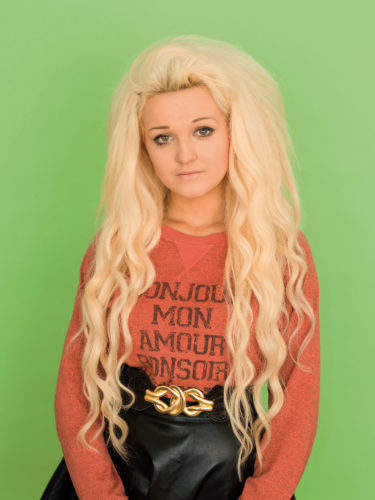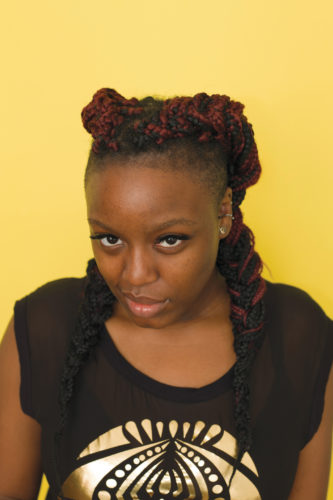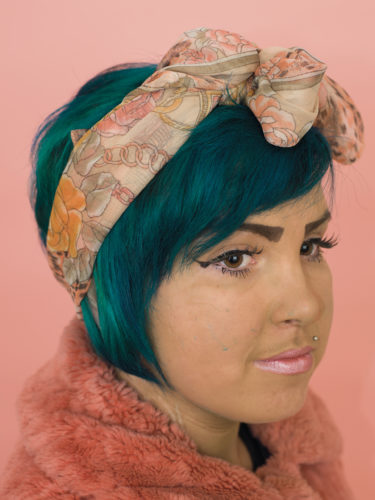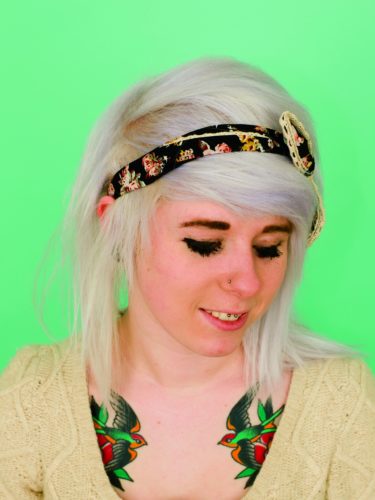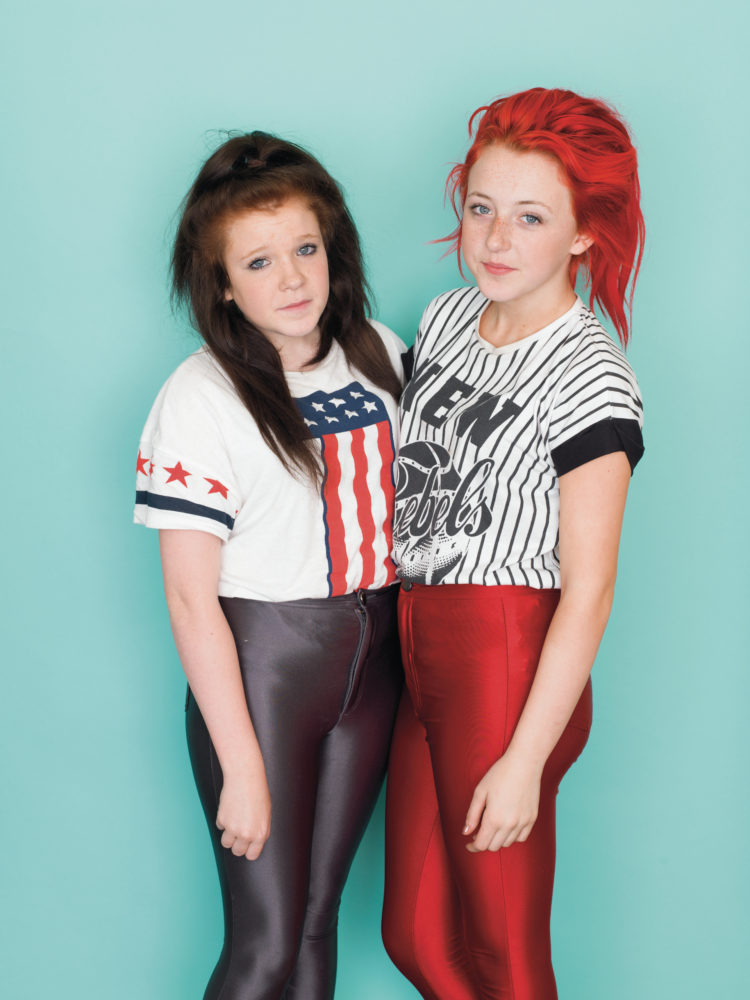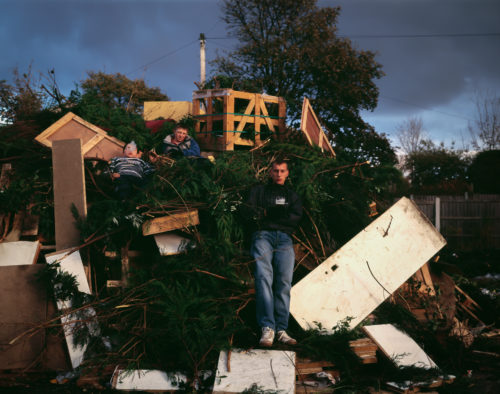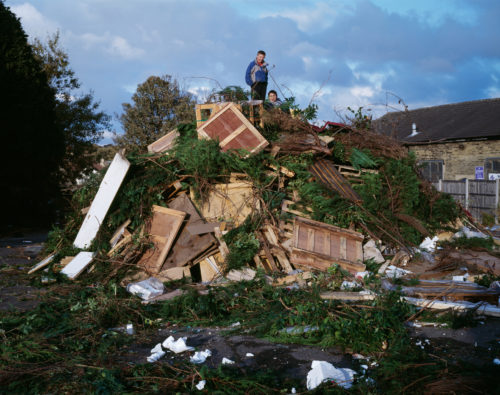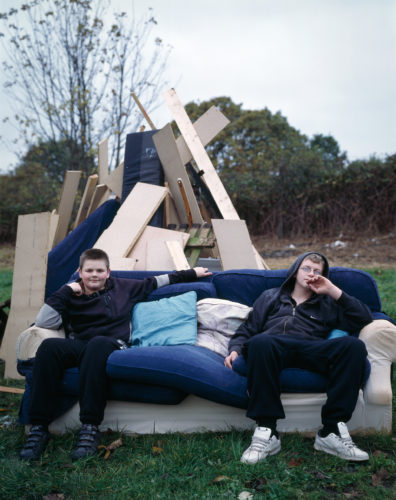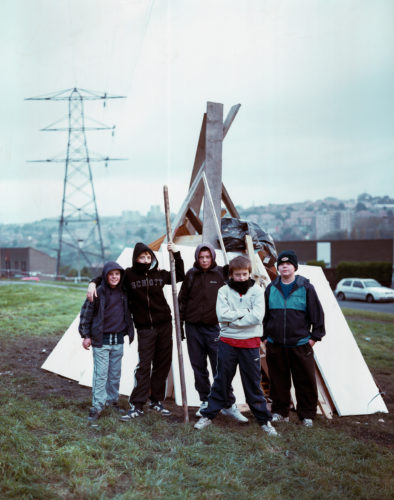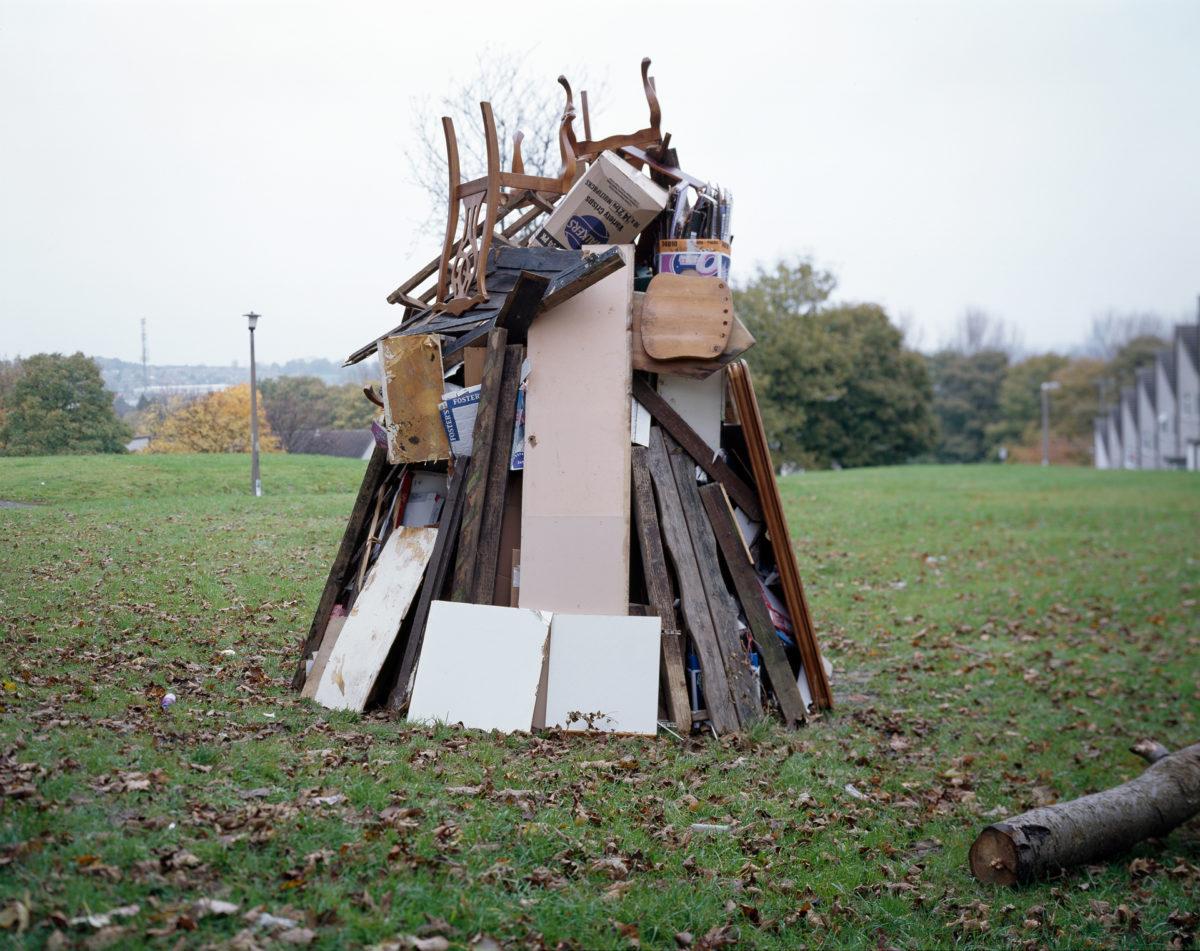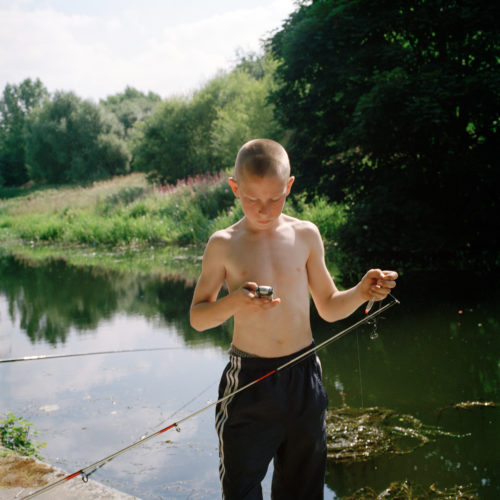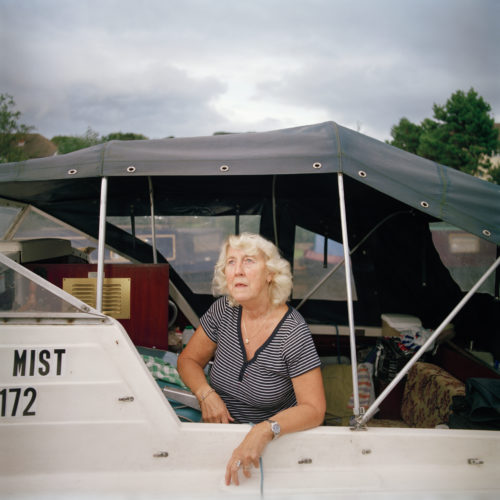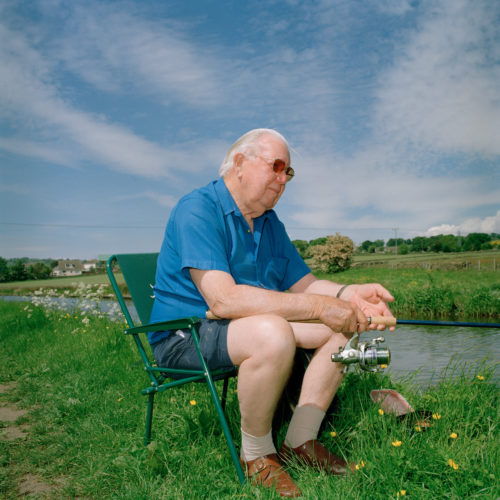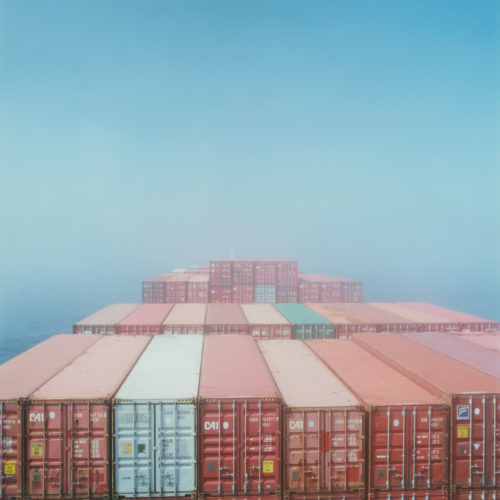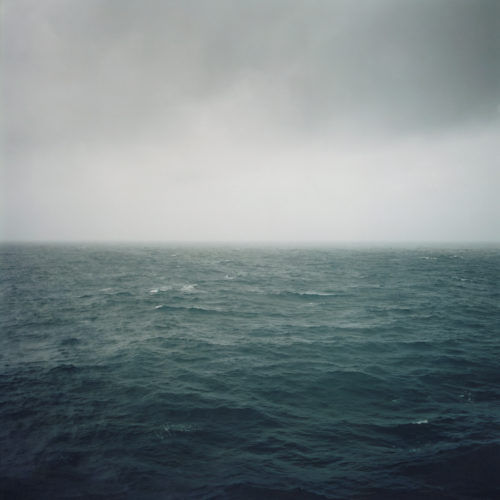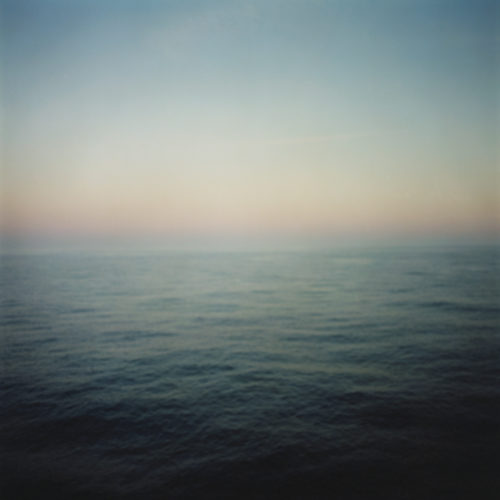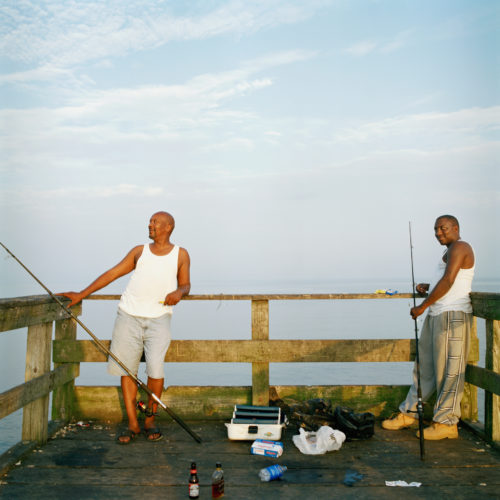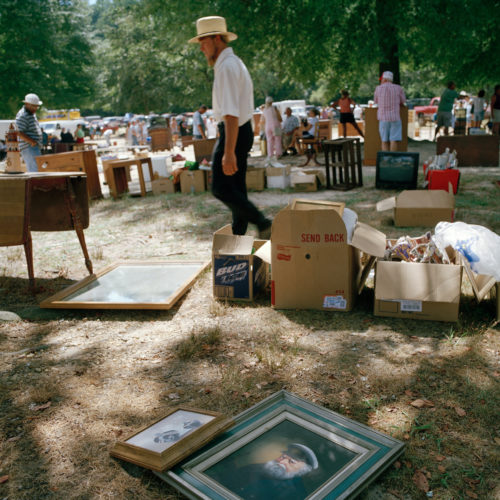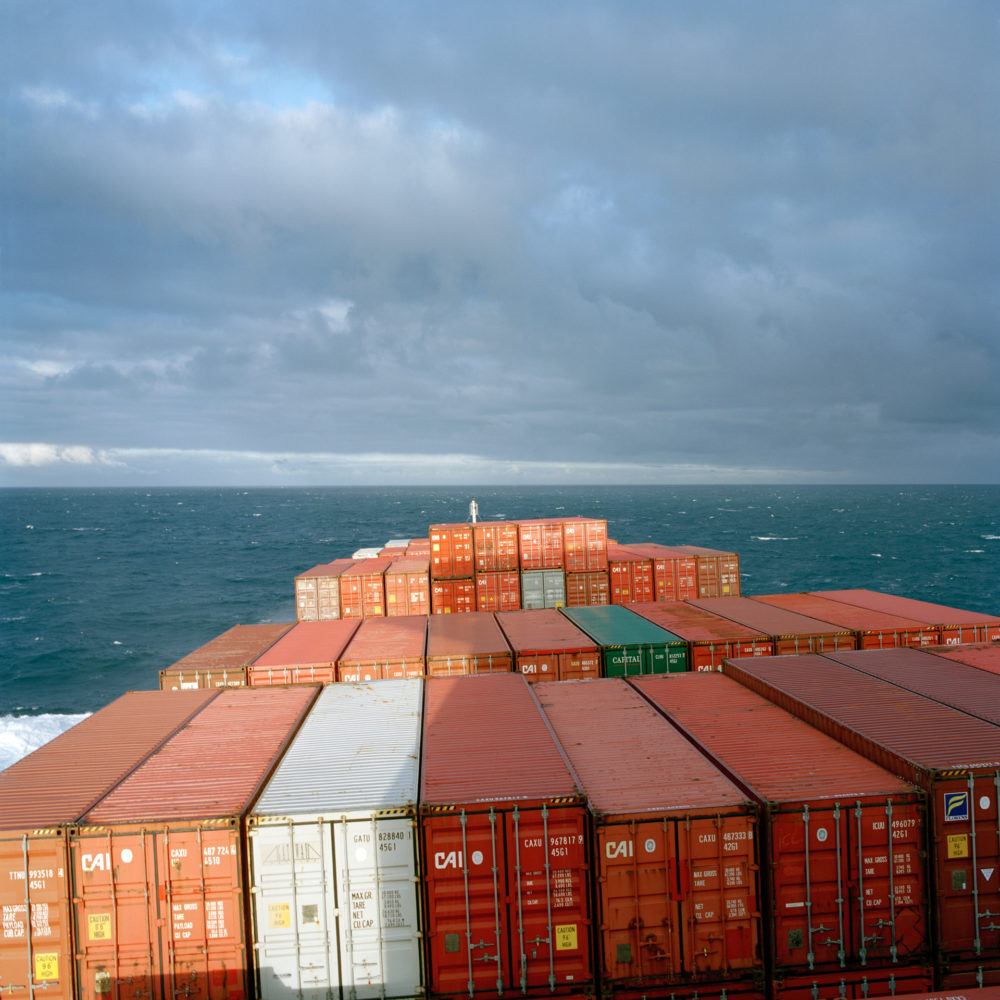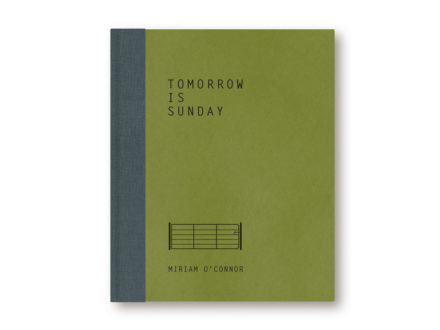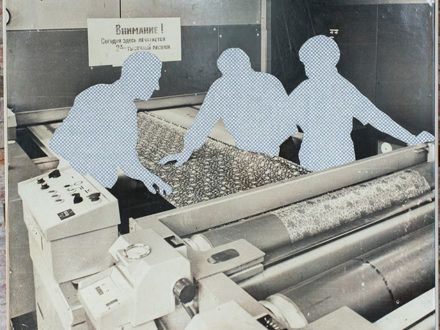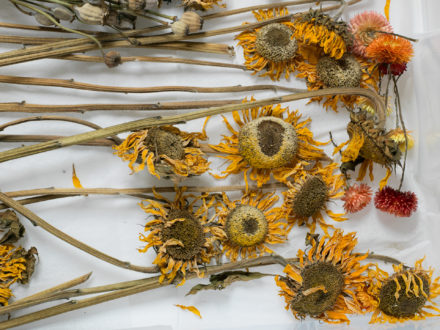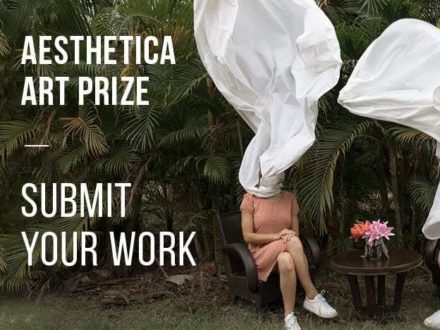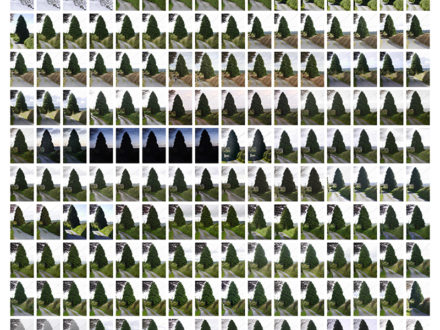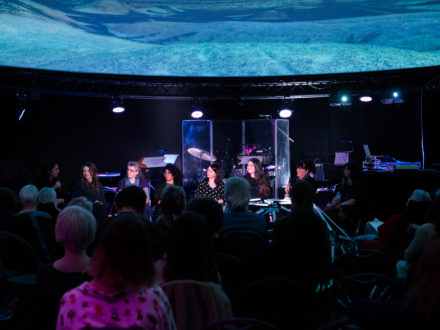Biography
Dr. Casey Orr (b. 1968) is a photographer, researcher and Senior Lecturer in the school of Art, Architecture and Design, Leeds Beckett University. Her series Saturday Girl, a study of UK identity through portraits of young women in cities and towns throughout the UK, won the Format Photography Festival Open Call Award in 2019 and was recently featured in The Observer Magazine.
She has shown in various galleries in the US (Jen Bekman, New York, the University of the Arts, Philadelphia or San Antonio College Gallery, Texas), as well as in galleries, museums and festivals in the UK including Look Liverpool International Photography Festival, Brighton Photo Biennale, The Yorkshire Sculpture Park, The Observer Magazine, The Royal Photographic Society Contemporary Photography Magazine, and The Yorkshire Sculpture Park and (the first time the walls of a prison have been used as a space for art) at HM Prison Leeds.
She considers photography not only as "a tool to document" but also in its poetical relationship to metaphor in a continually changing world.
She is also a member of the feminist art collective, F=.
Portfolio
My Generation - Leeds New Modernists
For the past forty years, every new generational sub-culture has looked back to discover the art and culture of the 1960s and ‘70s, appropriating and incorporating the music and style of those decades into a modern experience. Leeds, along with the rest of Britain, has its club nights, bands, record stores and clothes shops dedicated to the music and fashion of the beats, the mods, the skins and the punks.
The young people photographed here, Generation Z, born into the digital world and now rummaging through the archives, but with the added desire for the technologies, those decades utilised.
Looking at the past is a part of being modern. Vinyl records, film cameras, typewriters and old guitars are vital to the search for authenticity through technology and can connect with a slower, less perfect, more human experience. This desire can lead us back to a more embodied world – one full of aura, physicality and joy.
Portfolio
Saturday Girl
Saturday Girl was conceived after seeing so many young women in Leeds with ‘big hair’; hair teased and back-combed, styled and extended with hairpieces and wigs and an award-winning collection of portraits of young women in the UK. Since 2013 I have photographed in 15 UK towns and cities with a pop-up portrait studio on Saturday afternoons. It is an exploration of hair and its cultural meaning for young women, and how we experience and use the power inherent in becoming visible as women. The portraits speak of the undercurrents in culture, the unspoken ways in which we express our values, beliefs, desires and tribe identities through the self. The series also explores regional and national UK identities as read through style and self-expression.
The exhibition won the top prize in the Format Festival 2019 Open Call Awards. It has been featured in numerous publications including The Observer Magazine, Its Nice That and The Royal Photographic Society Contemporary Photography Journal.
Saturday Girl is a playful celebration of style and a photographic study of how we experience and use the power that is discovered through becoming visible in the world.
It’s about young women but also about photography itself. The portraits join the debates surrounding images of young women and the ubiquitous selfie culture. The portraits speak of the undercurrents in culture, the unspoken ways in which we express our values, beliefs, desires and tribe identities through the self.
The final series will be published by Bluecoat Press in 2020.
Much has changed since the project started. The resurgence in feminism with campaigns like #MeToo and #TimesUp, the women’s marches and redefinitions of gender have created a culture where these photographs become part of the conversation about what it means to be a woman now. These changes can be seen in portraits.
Saturday Girl aims to show an expansive and varied version of what it is to be female.
Portfolio
Bonefire
The Bone Fire series consists of photographs of unlit bonfires and their teenage guardians taken over a five-year period around West Yorkshire, highlighting both tradition and community as well as linking us to the land and the elements around us. The annual November 5th Bonfire – later to be rebranded by James I as Guy Fawkes' Night – was in earlier times known as the Bone Fire, a symbolic burning of the summer's animal carcasses to ward off, and warn of, the oncoming frost; part of the seasonal ritual marking of time, before clock-time, when the world's turn was measured by sun and moon, tides and shifts in the weather. Bone Fires were celebrations, feasts, staking claim to our survival through another cycle and heralding our gathering-together in the face of colder weather. In this fire, people saw off summer and clenched a fist at winter; set a big blaze to measure the distance between harvest's gathering and Spring's seed-sowing Casey Orr's Bone Fire photographs celebrate a modern-day echo of those times, a transient world these kids create for themselves, fun they create without leadership and instruction; the photographs elevating those self-built chaotic structures into sculptures, sculptures that live, burn and die in that one annual breathless week.
Portfolio
By Water
After 12 years living in the north of England I decided it was time to take a different kind of journey back to America, to Delaware, where I'm from. Instead of doing what I usually do, a day of traveling by car over the Pennines and then a flight across the North Atlantic Ocean, I rode my bicycle 127 miles along the Leeds-Liverpool Canal to Liverpool, where I boarded a container ship. Nine days and 3000 miles later I arrived in the small port town of Chester, Pennsylvania, my birthplace. By Water is a series of photographs about how water connects us, how it links us historically through wool, cotton, tobacco and slavery and how it links us now through the often-invisible movement of goods. It began with my desire to take a familiar and historic journey, unbroken by modern transportation; I wanted to understand the distance between my American home and my life in England, and to understand the vastness of the ocean. I wanted to experience the earth, it’s shifting land and seascapes, to feel the changing of atmosphere and culture as an unbound whole. The series shifts and changes to include the people and stories encountered, mixing my intended narrative with other stories, other histories and currents.


